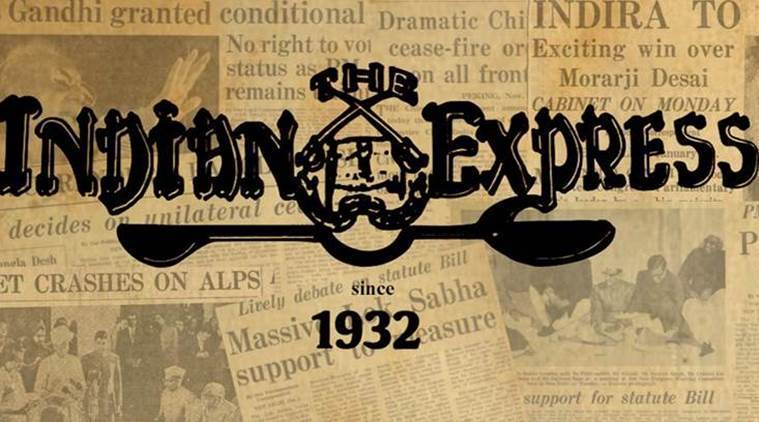The memory game
An expansive plan to make the Nehru Memorial Museum and Library (NMML) a more inclusive memorial to all prime ministers past, and representative of the legacy of the office rather than an individual, has become controversial.

Plan to memorialise prime ministers is unexceptionable. But locating it at Teen Murti makes it seem it is at Nehru’s expense.
An expansive plan to make the Nehru Memorial Museum and Library (NMML) a more inclusive memorial to all prime ministers past, and representative of the legacy of the office rather than an individual, has become controversial. Former Prime Minister Manmohan Singh, despite being a potential beneficiary of an expansion, has written to Prime Minister Narendra Modi, and objections were raised by six members at the 43rd annual general meeting of the institution.
The principal point at issue is whether a museum memorialising the other prime ministers should be built on the premises, or elsewhere. Building it cheek by jowl with Jawaharlal Nehru’s residence, to quote Manmohan Singh, would be to “change the nature and character of the institution”. There is merit in the argument.
There can be no reasonable objection to memorialising Nehru’s successors, each of whom has contributed to the nation. But the first prime minister stands apart as an architect of independent India. A parallel may be drawn with Rajghat, where Mahatma Gandhi’s samadhi has become a national pilgrimage site. Other significant leaders were also memorialised on the same riverbank of the Yamuna, but without interfering with the premises of Rajghat. Nehru is memorialised next door at Shanti Van, Choudhary Charan Singh at Kisan Ghat, Chandra Shekhar at Jannayak Sthal, and so on. There’s room for everyone.
The proposal to build a museum for all on the premises of Teen Murti estate conveys the unfortunate impression that Nehru is to be crowded out. It would be seen as an encroachment because Teen Murti House was his residence, very much lived in. Which would make this incursion of a piece with the recent enthusiasm for renaming landmarks. True, a small set of names from India’s political past has cornered disproportionate real estate on the nation’s signage. But the preferred means to strike a balance would be to create locations and institutions bearing other names. Renaming or encroaching is the quick and unseemly way. Besides, the government must know that this sort of thing signals the beginning of a never-ending revenge saga. In a mature democracy, parties of various hues come and go. The precedent set by an NDA government will be emulated by its rivals whenever the mantle passes to them.





































No hay comentarios:
Publicar un comentario